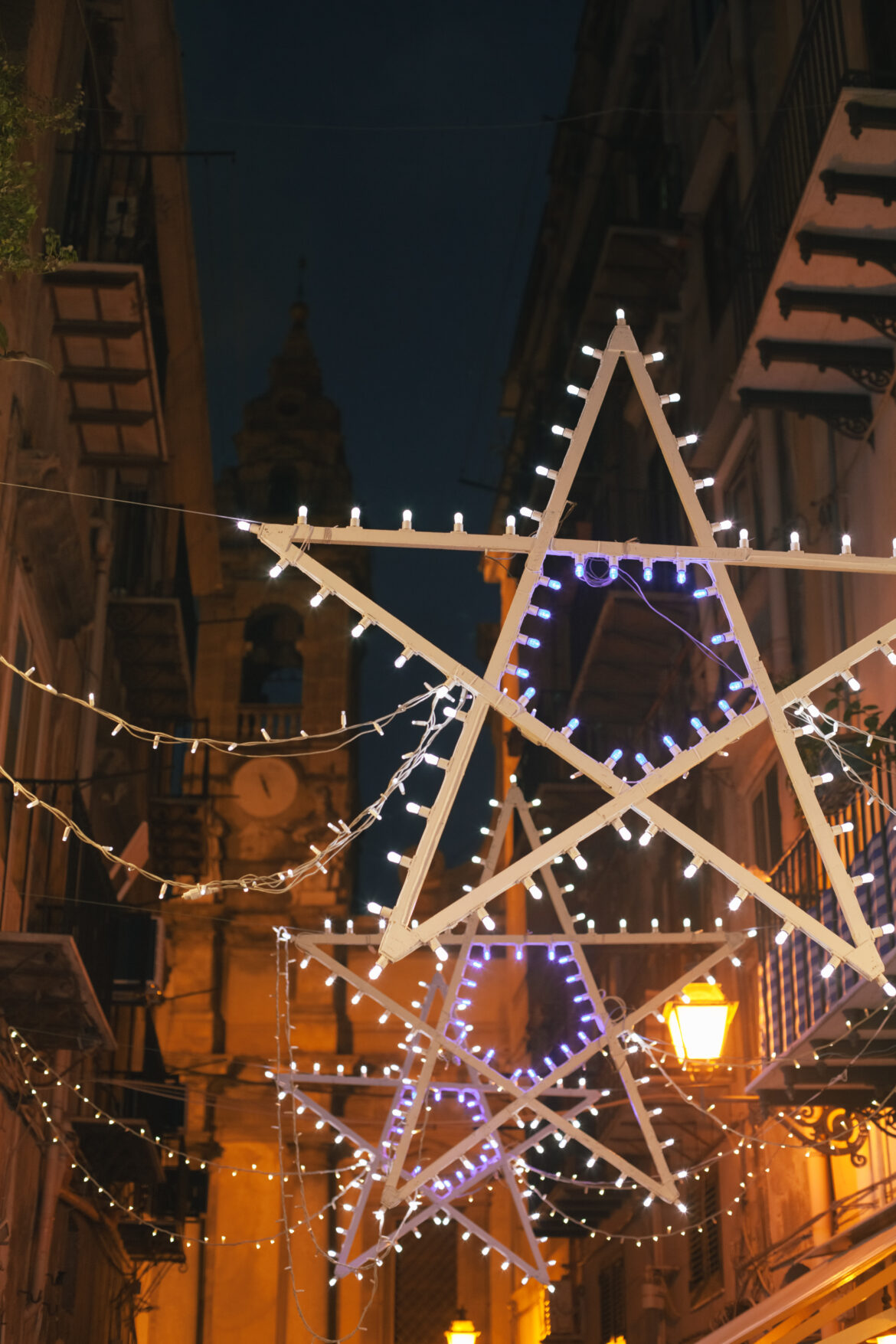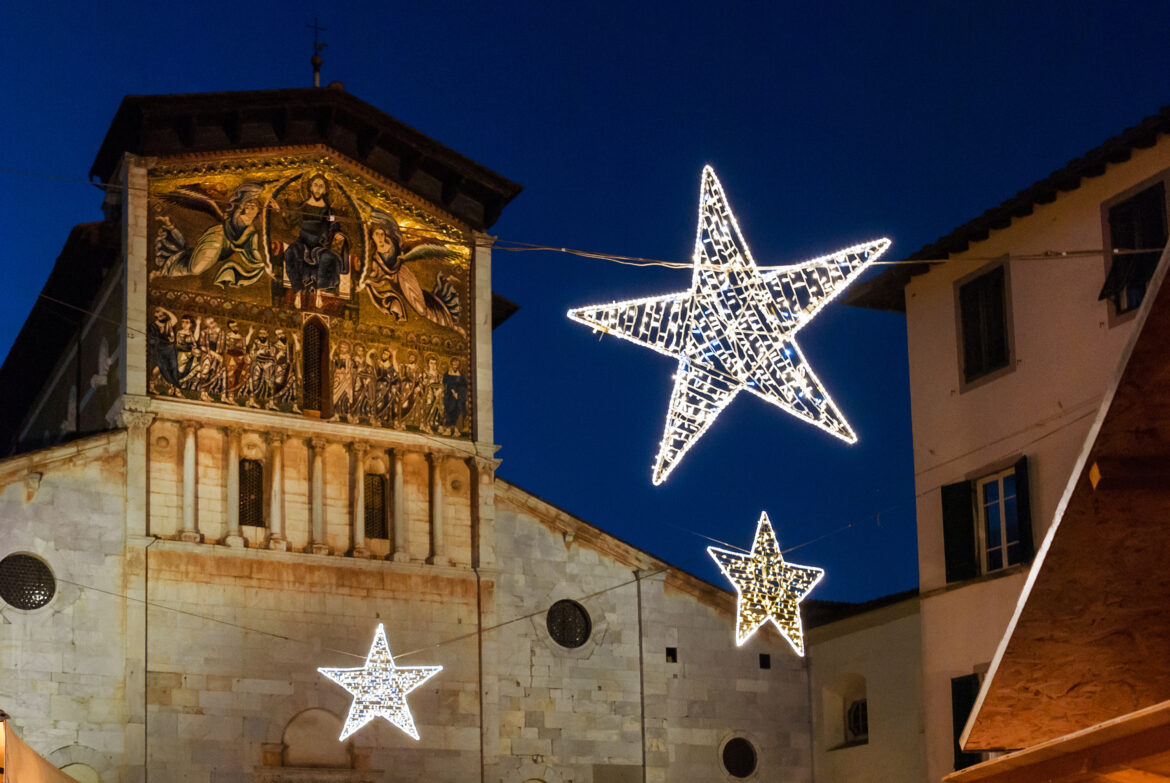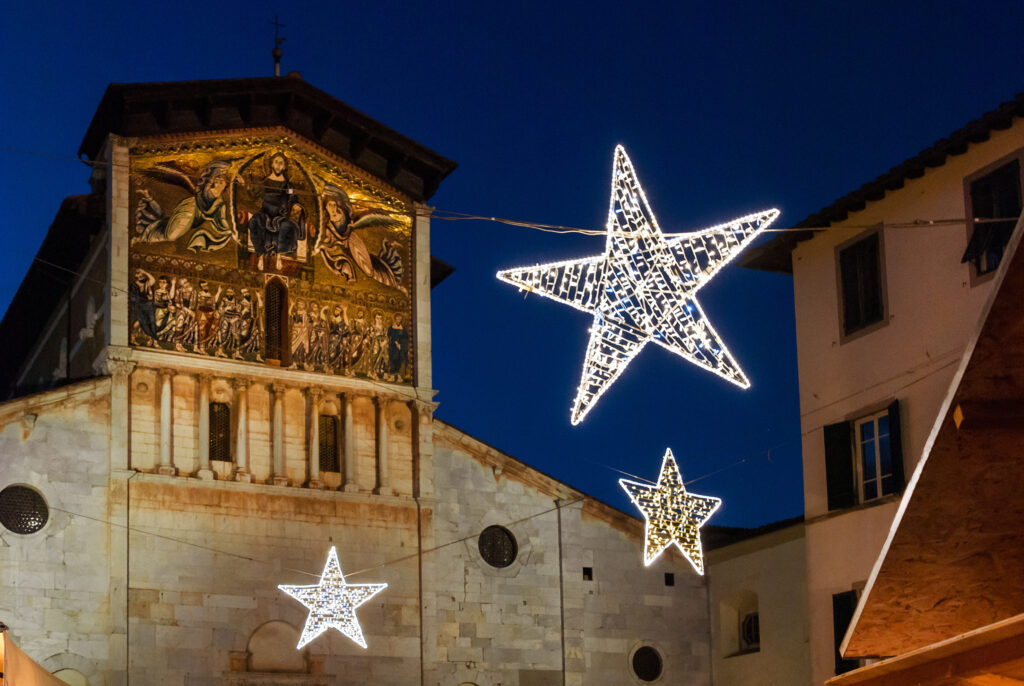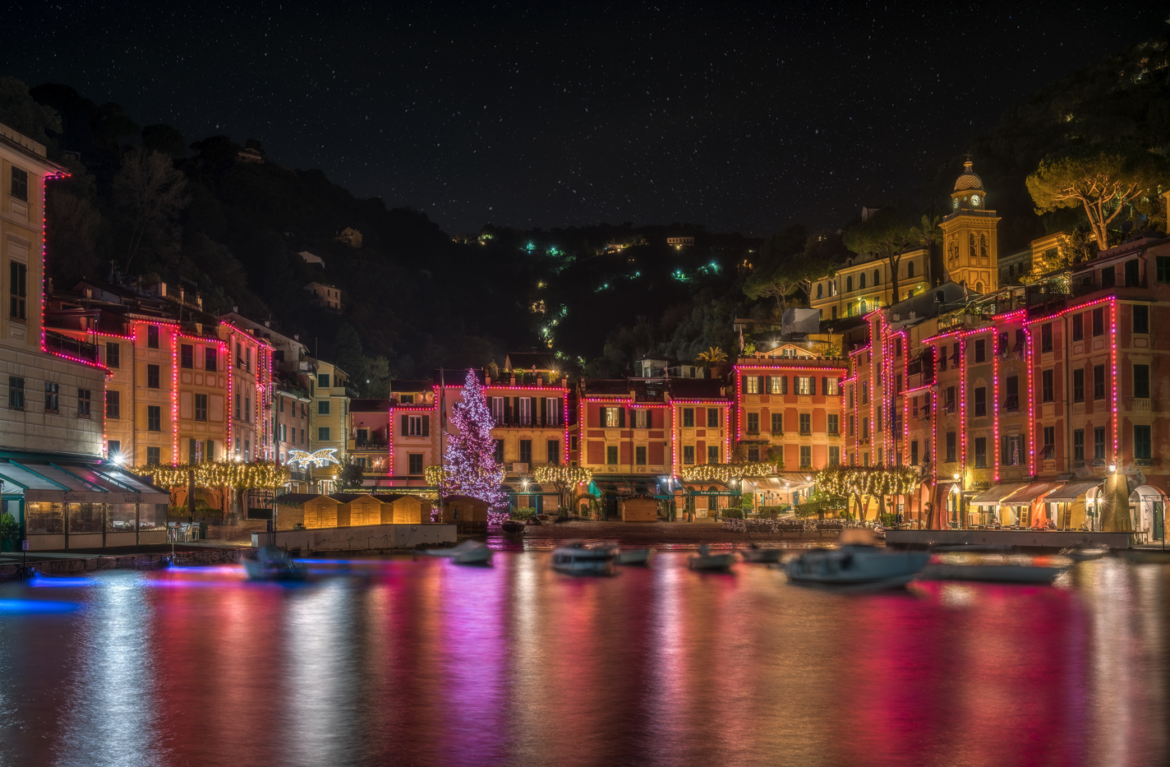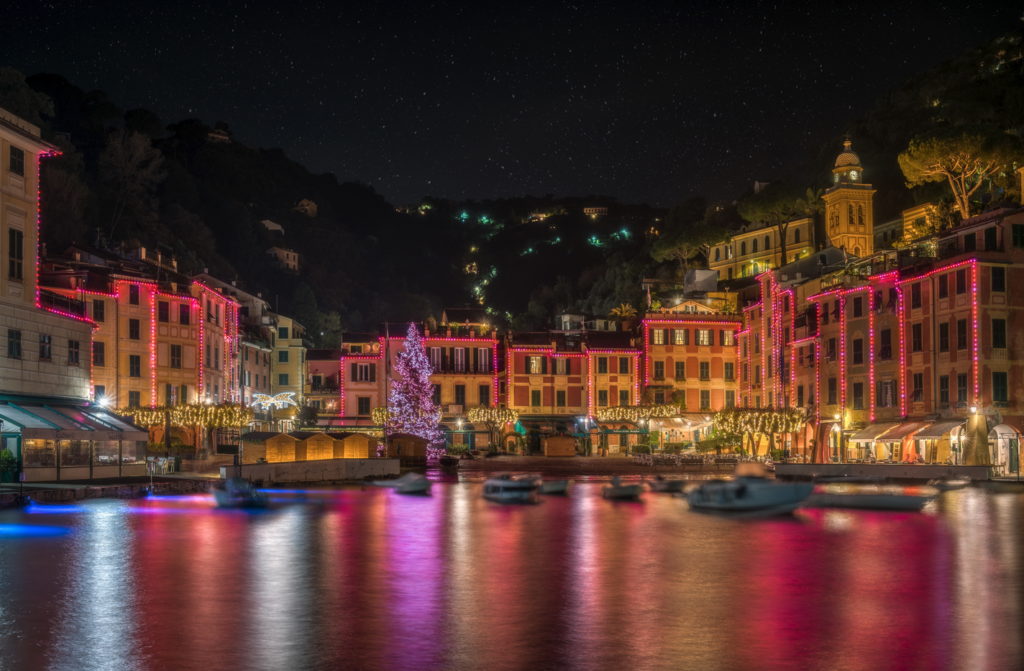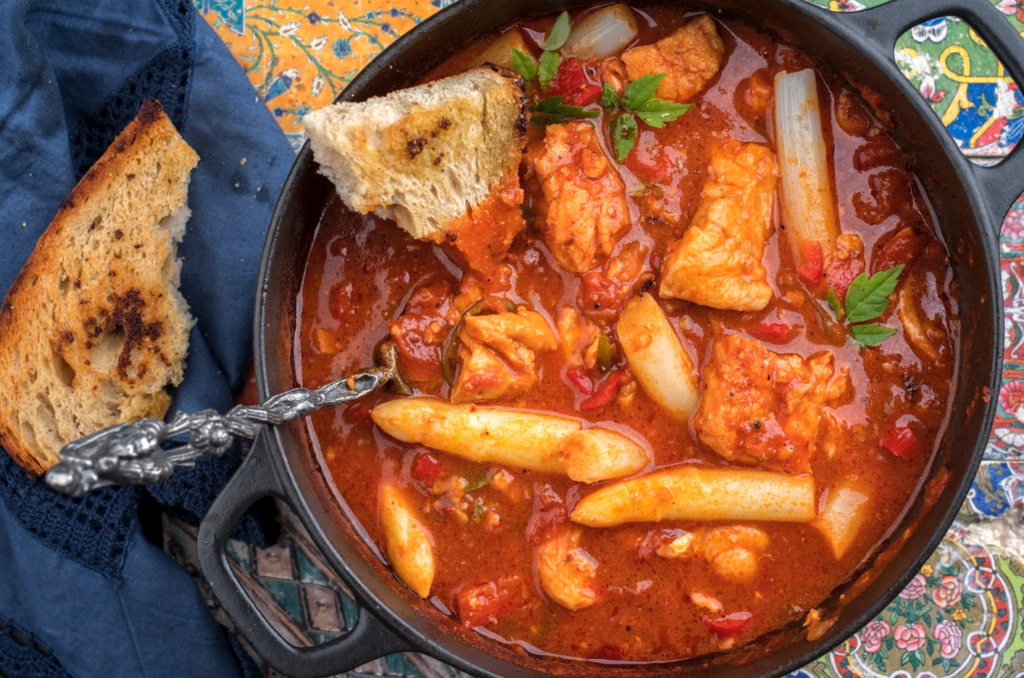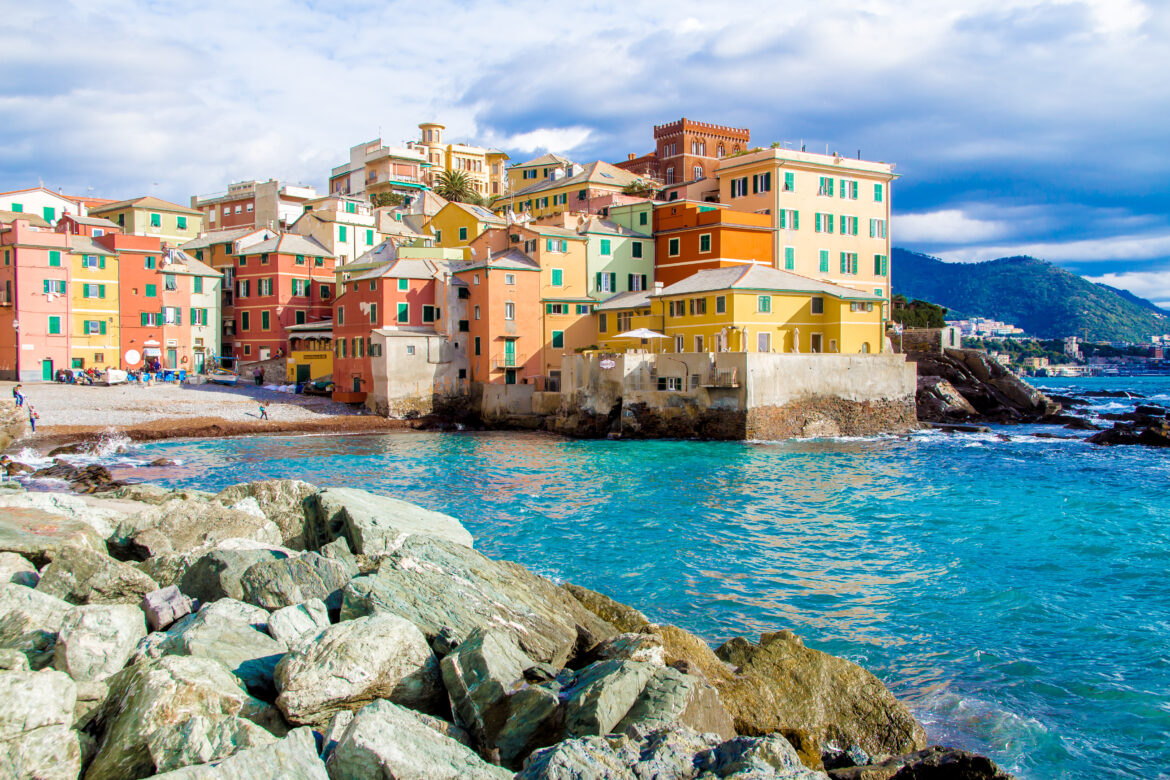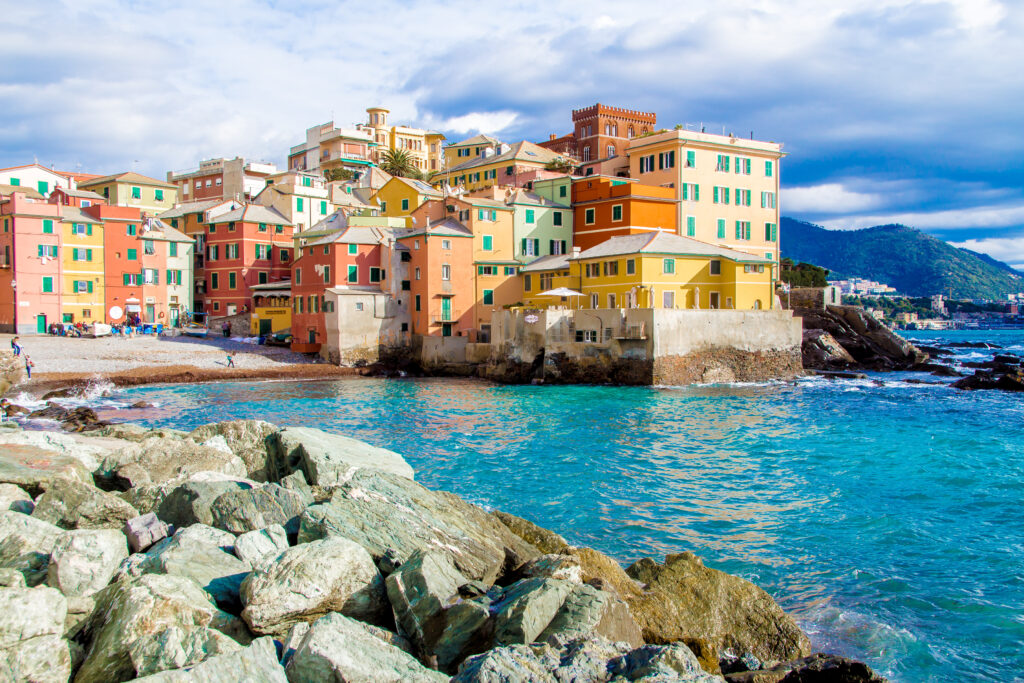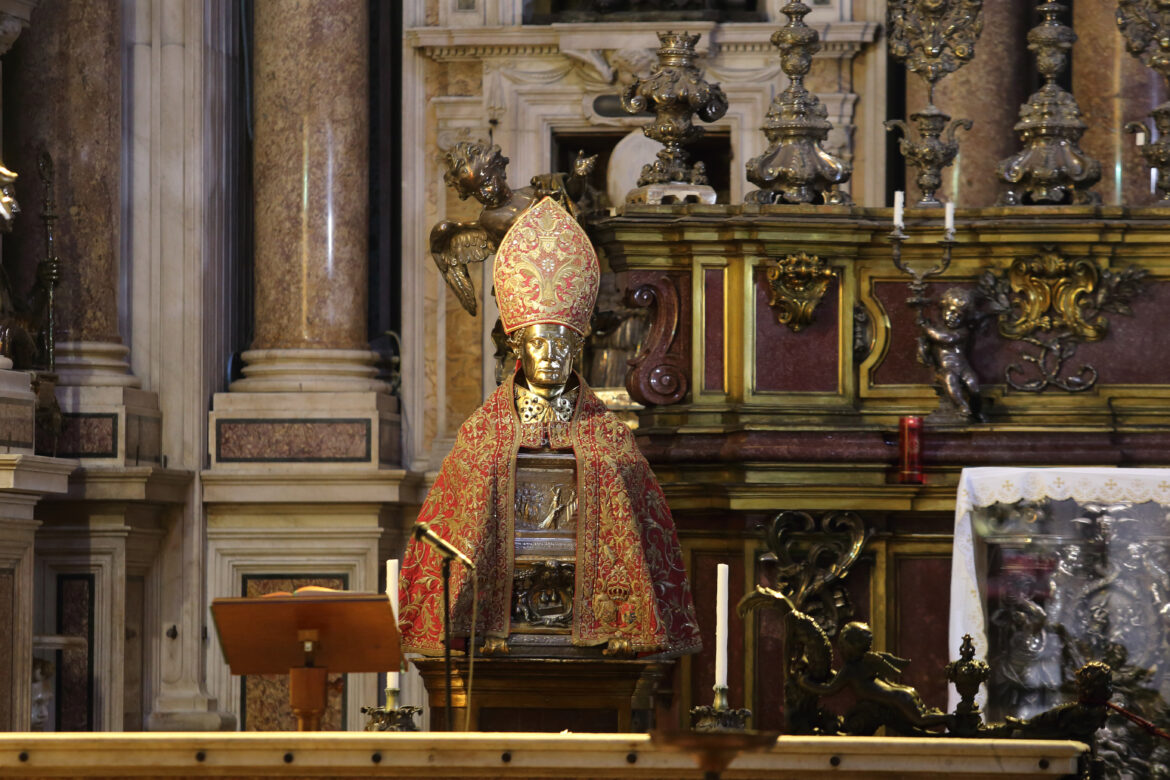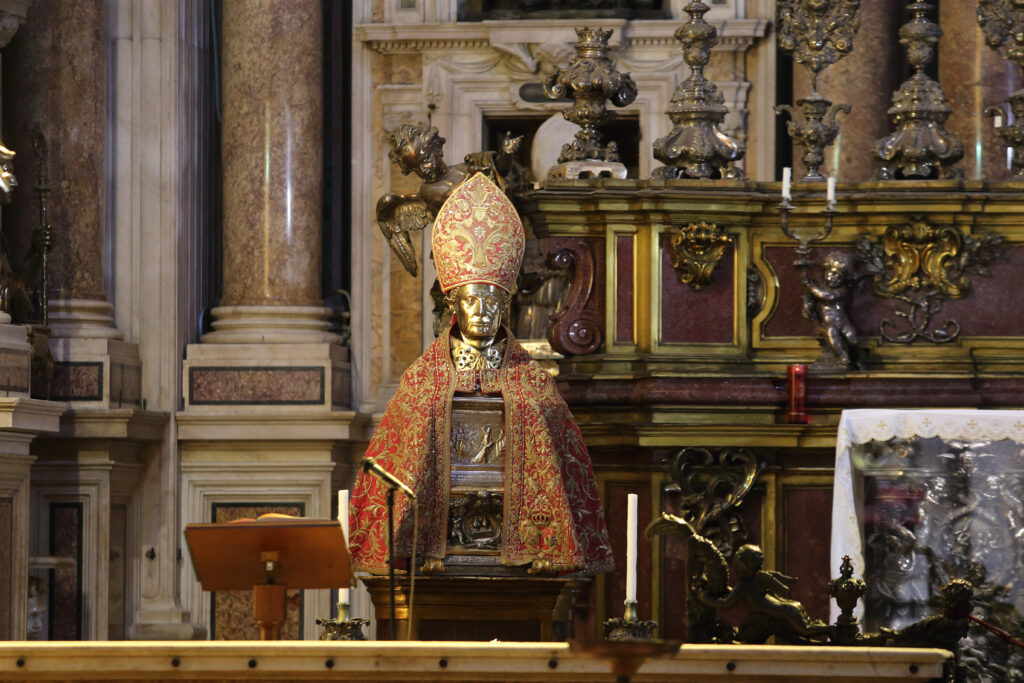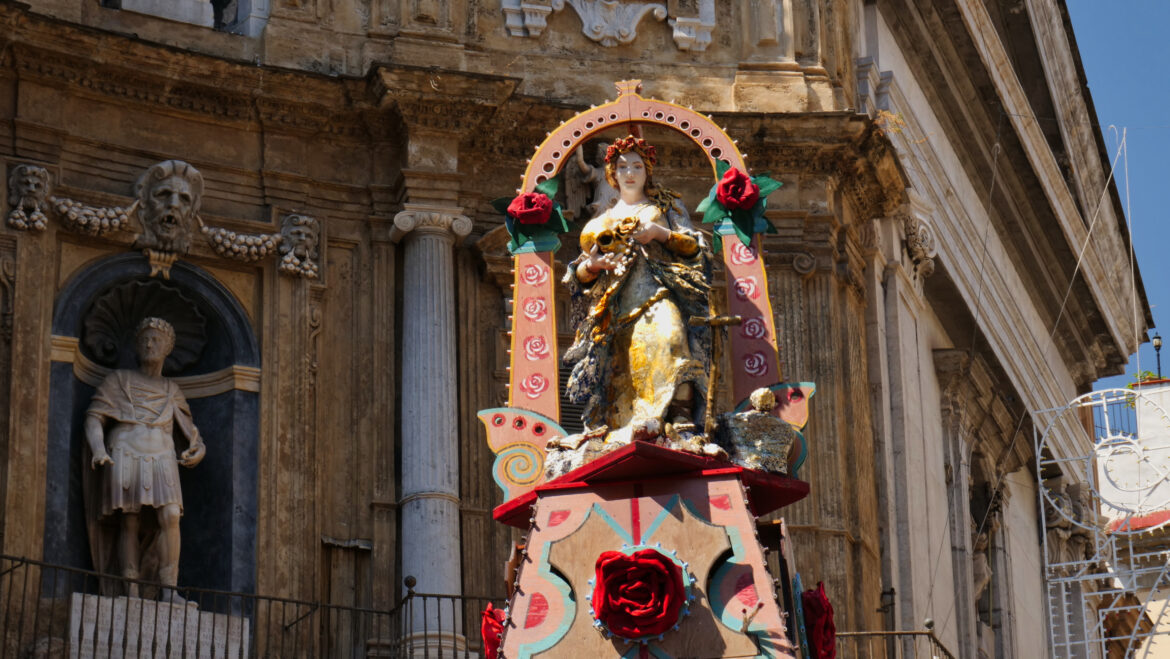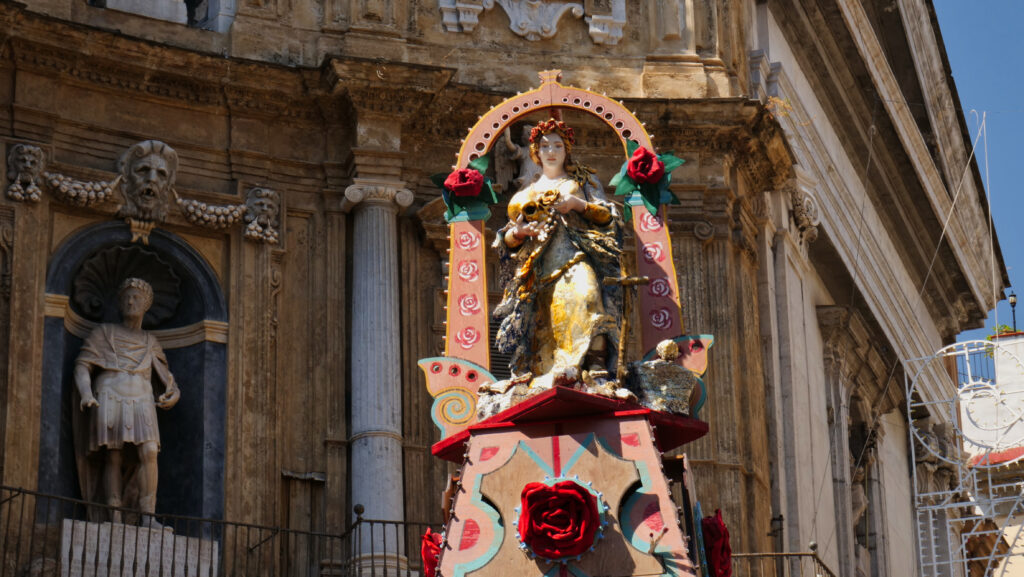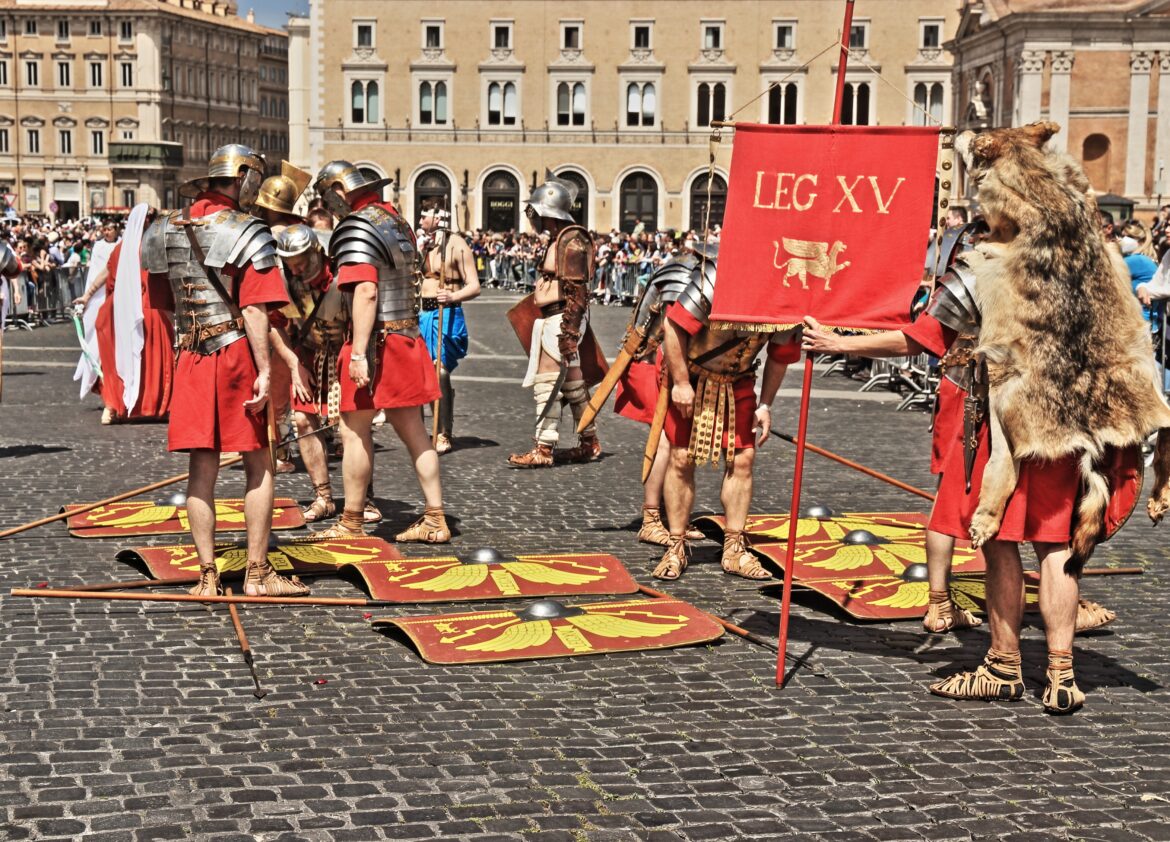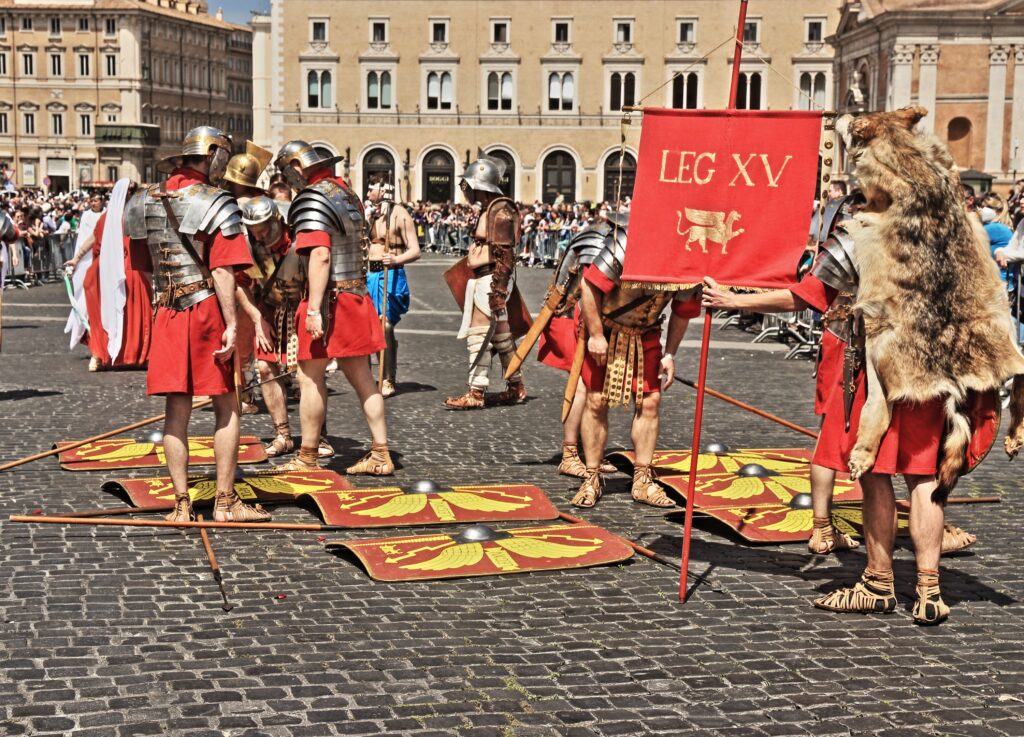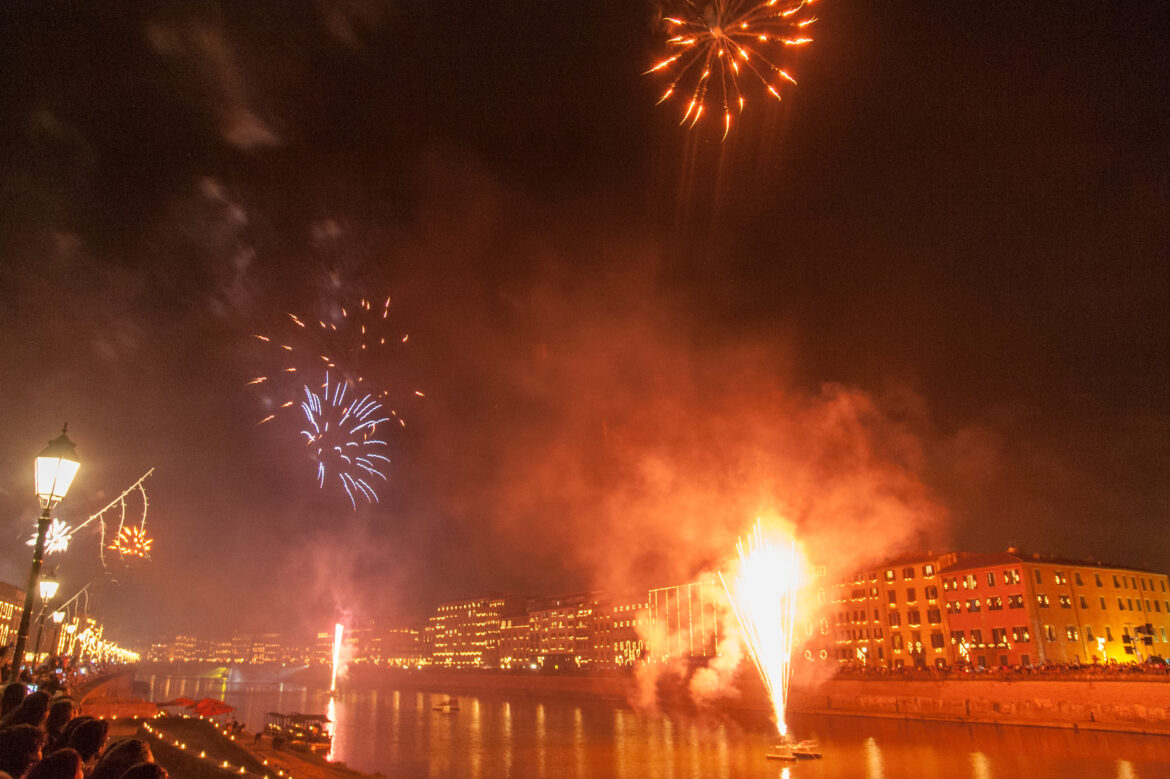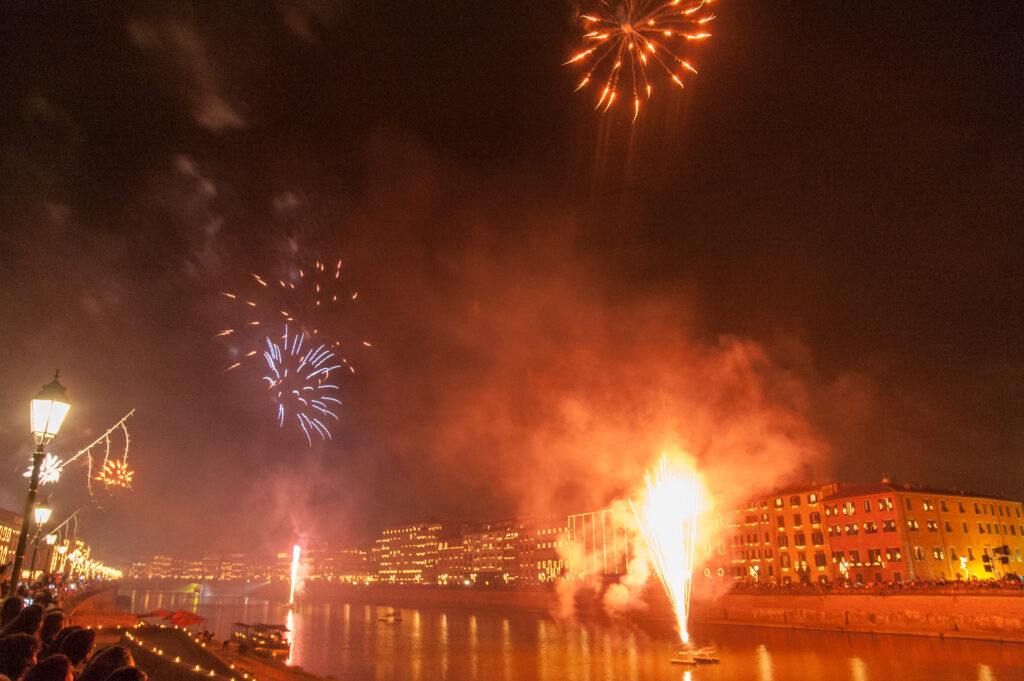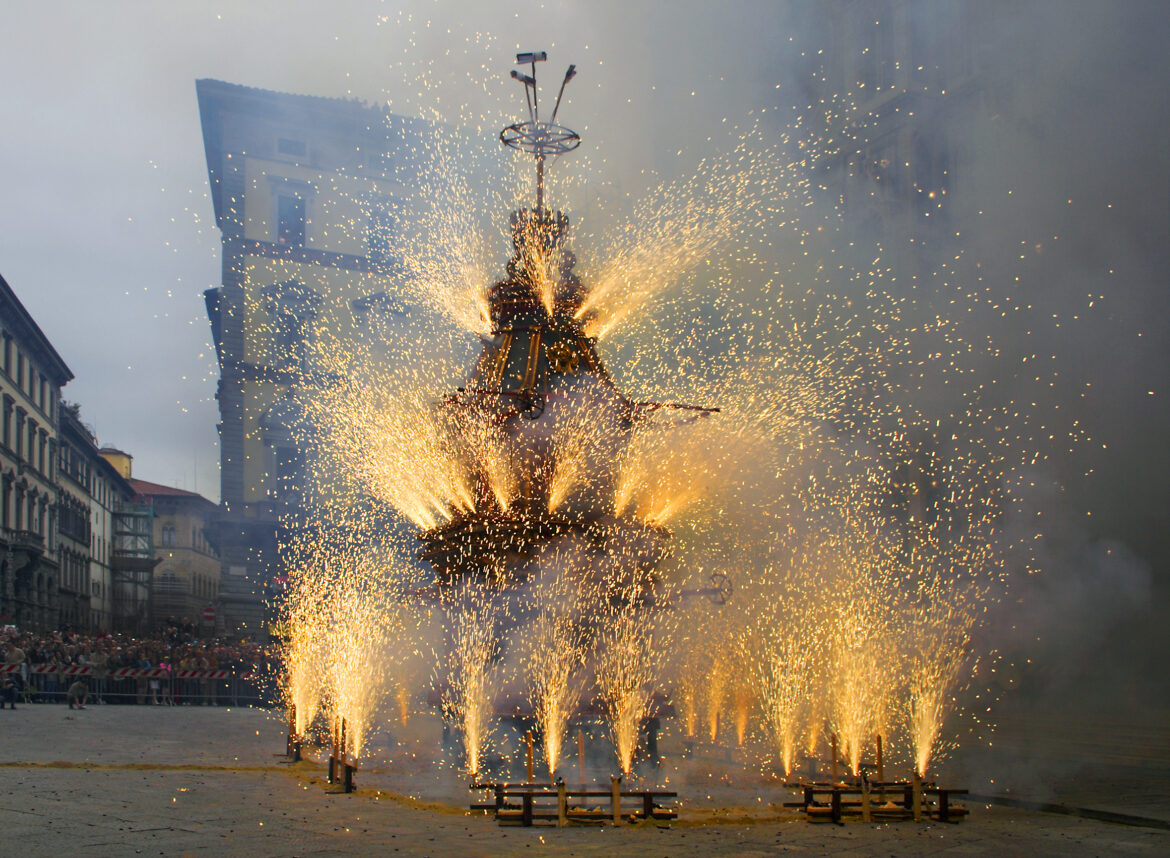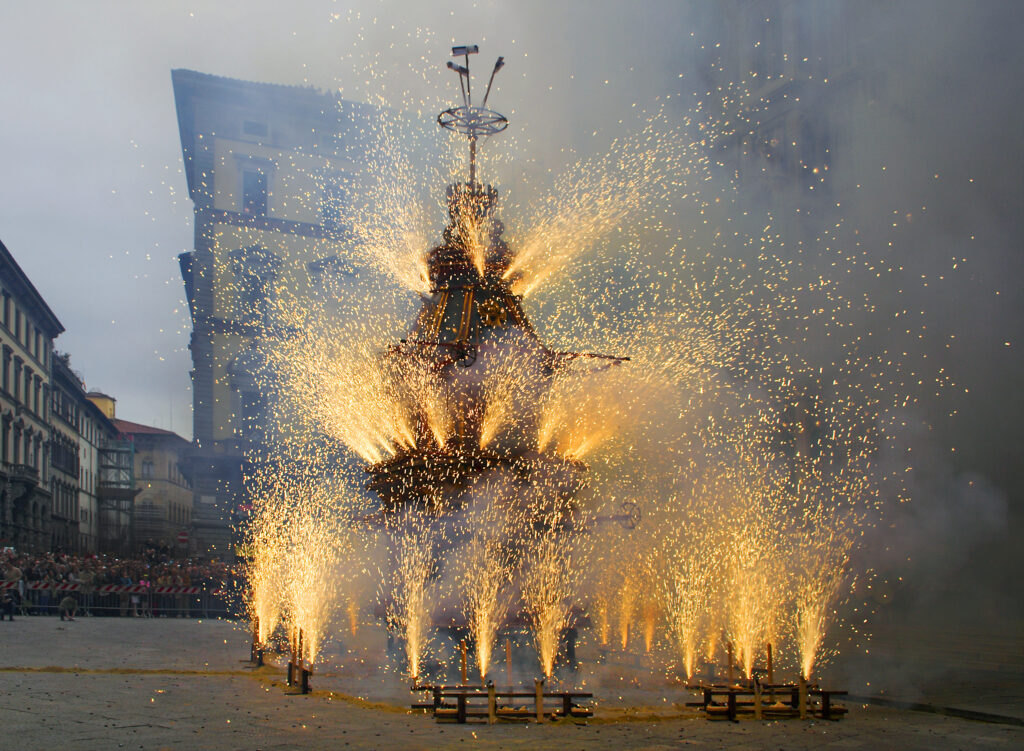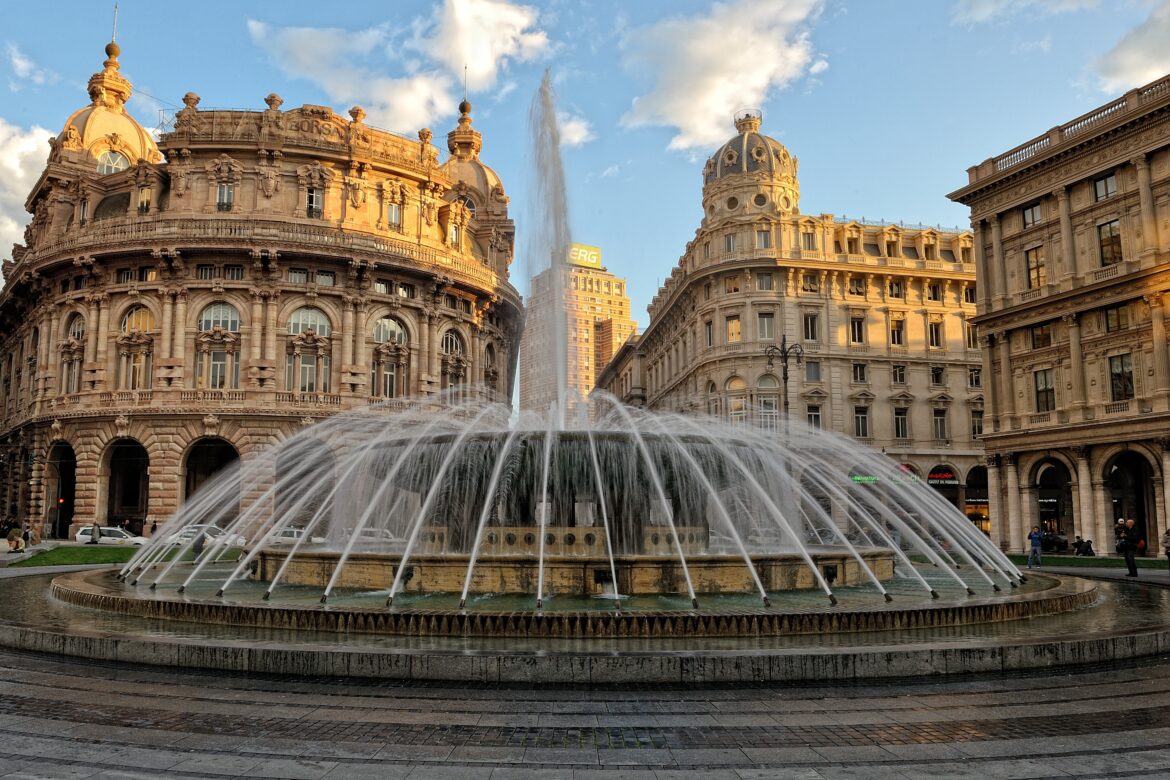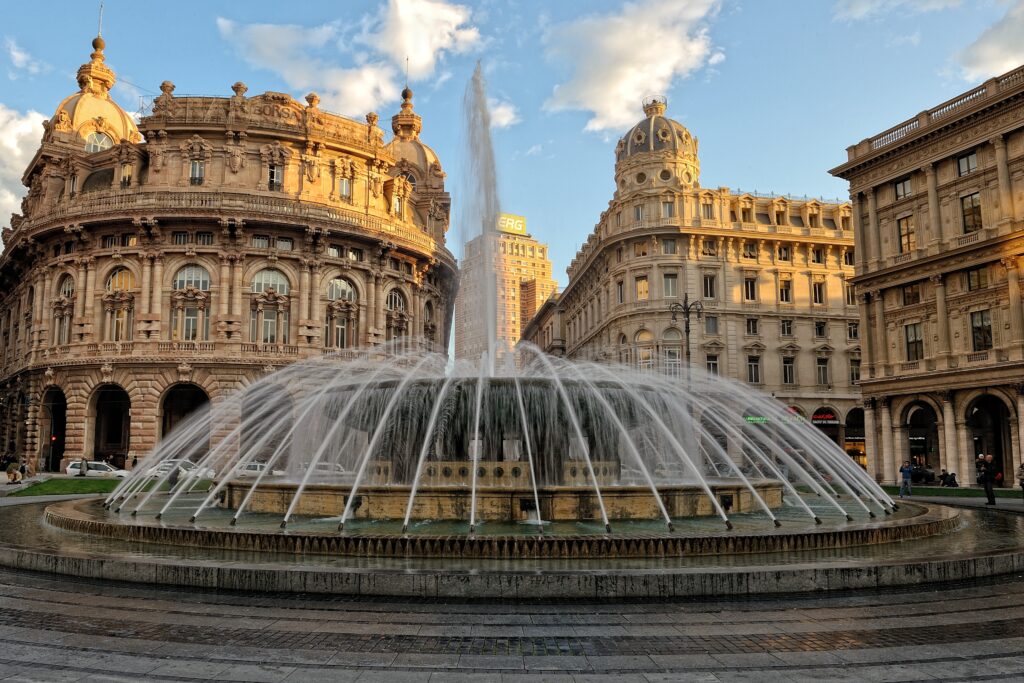Italy is a country that captivates travelers year-round, but there’s something particularly enchanting about visiting during the winter months. As the crowds disperse and the cities dress in festive decorations, cruise passengers have the opportunity to explore iconic destinations in a more intimate and serene atmosphere. For those docking in Naples, Palermo, and Rome, winter reveals a different side of Italy; one that combines rich history, vibrant culture, and delightful culinary experiences.
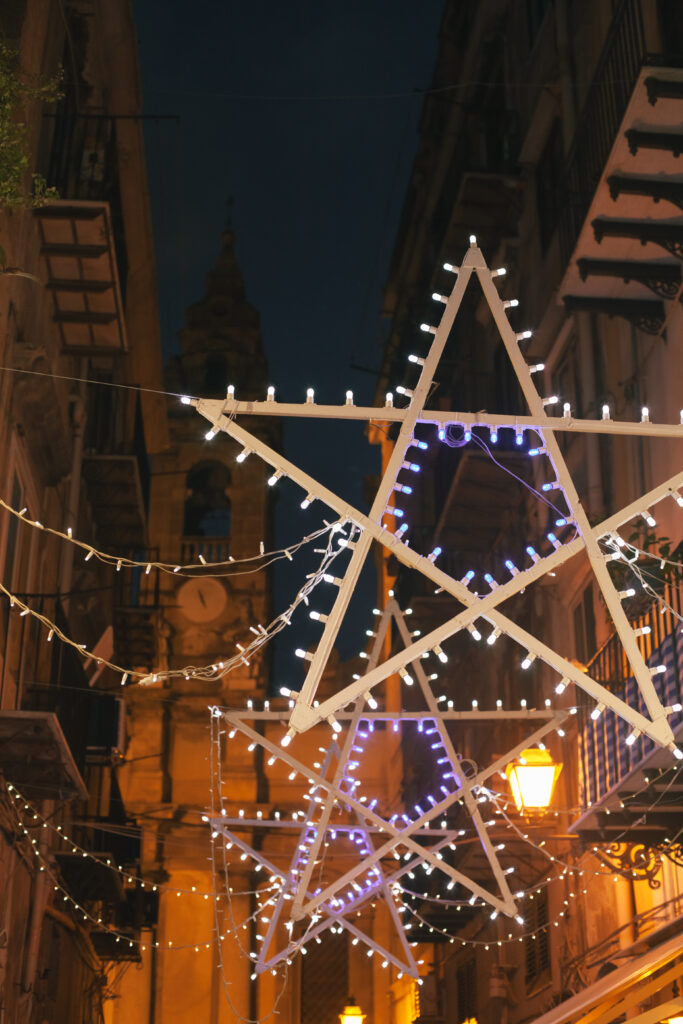
Let’s embark on a journey through these captivating cities, perfect for cruise travelers eager to experience Italy’s winter magic.
Naples: A Winter Wonderland by the Bay
As your cruise ship arrives in Naples, you’re greeted by breathtaking views of Mount Vesuvius and the sparkling Bay of Naples. Known as the birthplace of pizza, Naples is a city rich in history, art, and tradition. In winter, the vibrant streets come alive with festive lights and the warmth of local hospitality.
What to See in Naples During Winter:
- Historic Center
Naples boasts one of the largest historic centers in Europe, a UNESCO World Heritage site filled with narrow streets, stunning churches, and impressive monuments. Don’t miss the Duomo di Napoli, where you can marvel at its Gothic architecture and the Chapel of San Gennaro, dedicated to the city’s patron saint. - Christmas Markets
during the winter months, Naples transforms into a holiday wonderland. Explore the lively Christmas markets, particularly in Piazza del Gesù Nuovo and Via San Gregorio Armeno, renowned for its artisan nativity scenes. The atmosphere is festive, with stalls selling handmade crafts, local delicacies, and traditional sweets. - Pizza Napoletana
No visit to Naples is complete without indulging in authentic Neapolitan pizza. Warm up in a local pizzeria and savor a classic Margherita or a pizza with seasonal toppings. Winter is also the perfect time to enjoy comfort foods like ragù napoletano, a rich meat sauce served with pasta.
Winter Tip: If you’re feeling adventurous, take a day trip to Pompeii or Herculaneum, where you can explore the ancient ruins of these fascinating archaeological sites in a cooler, more pleasant climate.
Palermo: The Sicilian Gem
As your cruise ship docks in Palermo, the capital of Sicily, you’ll be greeted by a city rich in history, culture, and mouthwatering cuisine. In winter, Palermo exudes a unique charm, with its vibrant markets and stunning architecture enhanced by the festive spirit of the season.
What to See in Palermo During Winter:
- Mercato di Ballarò
One of the oldest markets in Palermo, Ballarò is a sensory delight. Winter is an excellent time to visit, as you can sample seasonal Sicilian delicacies, including arancini (stuffed rice balls) and cannoli. The lively atmosphere of the market is infectious, and it’s a great place to experience local culture. - Palermo Cathedral
A stunning example of Norman architecture, the Cathedral of Palermo is a must-see. Take time to explore its intricate details, including the royal tombs and beautiful chapels, and enjoy the peaceful ambiance of the church during the winter months. - Teatro Massimo
The largest opera house in Italy, the Teatro Massimo is a cultural landmark worth visiting. During the winter, it often hosts opera performances and classical concerts. Even if you can’t attend a show, a guided tour of the theater is fascinating and gives you a glimpse into Palermo’s rich artistic heritage.
Winter Tip: Make sure to try Sicilian street food while in Palermo. Winter is the perfect time for a warm bowl of pasta con le sarde, a traditional dish made with fresh sardines, fennel, and raisins.
Rome: The Eternal City in Winter
Rome is a city that dazzles in any season, but in winter, it takes on an enchanting character that is hard to resist. With fewer tourists, you can wander through ancient ruins and historic sites at your own pace. As your cruise ship docks in the heart of the city, prepare to be captivated by its timeless beauty.
What to See in Rome During Winter:
- The Colosseum and Roman Forum
These iconic landmarks are even more majestic in winter. With fewer crowds, you can explore the ancient ruins of the Roman Forum and imagine life in the days of the gladiators. Consider booking a guided tour to gain deeper insights into Rome’s rich history. - Vatican City
Winter is a quieter time to visit the Vatican Museums and St. Peter’s Basilica. Marvel at the breathtaking art collection, including Michelangelo’s Sistine Chapel ceiling, and enjoy the stunning architecture of St. Peter’s. Visiting during the winter months allows for a more reflective experience in this spiritual heart of the Catholic Church. - Piazza Navona and the Pantheon
Stroll through Piazza Navona, adorned with Christmas lights and a festive atmosphere. The nearby Pantheon is a must-visit; its magnificent dome and oculus create an awe-inspiring experience, especially when it’s illuminated by winter sunlight.
Winter Tip: Enjoy Roman winter delicacies like cacio e pepe—a simple yet delicious pasta dish made with cheese and pepper. Warm up with a cup of cioccolata calda, a rich, thick hot chocolate that is perfect for the colder months.
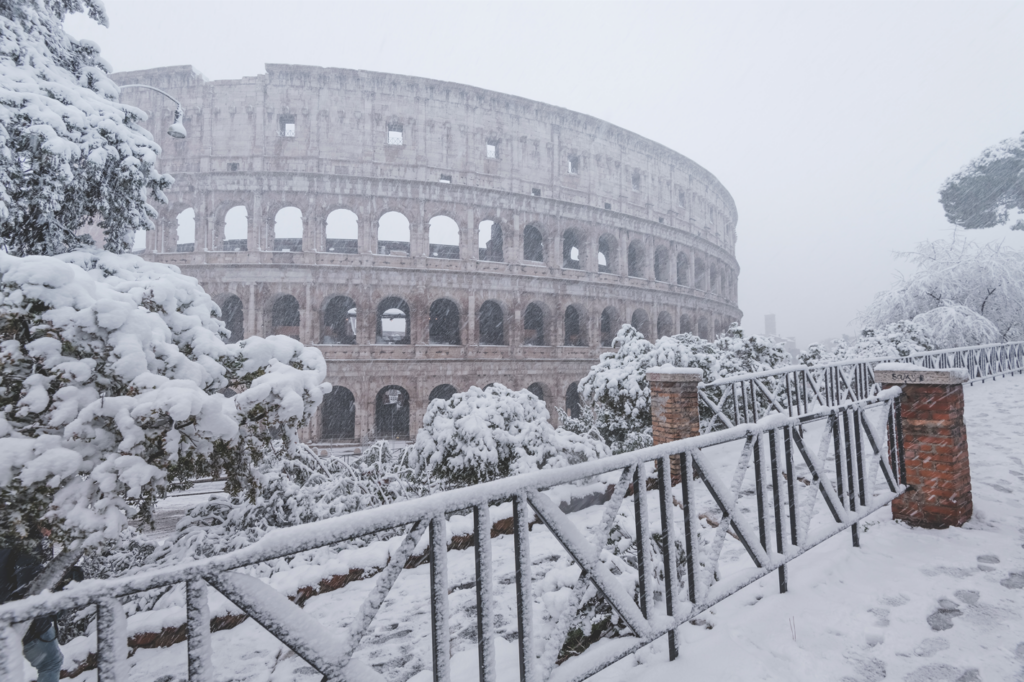
Why Winter is Ideal for Cruise Travelers
For cruise travelers, winter in Italy offers a unique opportunity to experience the country’s rich cultural heritage and culinary delights without the usual crowds. The cooler temperatures provide the perfect backdrop for exploring historic sites, indulging in local cuisine, and enjoying festive celebrations.
Italy’s winter magic shines through in its charming cities, each with its own character and warmth. From Naples to Palermo to Rome, every stop on your cruise itinerary promises unforgettable memories and experiences that showcase the beauty of Italy in the off-season.


